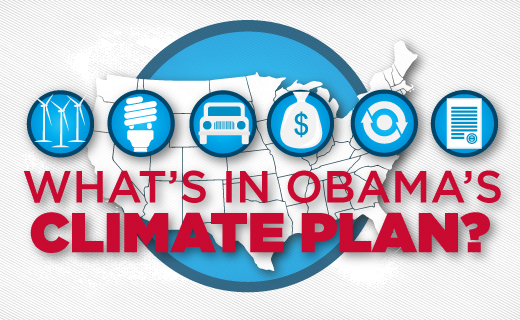
Hydraulic Fracturing, also known as hydrofracking, “is the process by which water, frequently mixed with proppants and chemicals, is forced down a well bore at extremely high pressure in order to create or expand fractures to release gas from the rock formation in which it is trapped” (‘What is Hyrofracking?’). Proppants are tiny fragments such as synthetic beads or sand that keep the recently developed fractures accessible so that free gas can move towards the well. The process of hydrofracking is utilized for natural gas extraction. Since natural gas plays a key role in our nation’s clean energy future, the EPA (United States Environmental Protection Agency) is working with states and other main collaborators to aid in ensuring that natural gas extraction does not include public health and environment expenses.

The Agency’s goal and promises under the law are to give oversight, and advise when appropriate, rule making that accomplish the best attainable protection for the air, water and land where everyday people live and work. The Agency is also investing in bettering our scientific understanding of hydraulic fracturing, supplying regulatory precision in regards to existing laws, and using existing authorities where appropriate to enhance health and environmental safeguards. On the Agency’s website, the EPA defines hydraulic fracturing as “a well stimulation process used to maximize the extraction of underground resources; including oil, natural gas, geothermal energy, and even water. The oil and gas industry uses hydraulic fracturing to enhance subsurface fracture systems to allow oil or natural gas to move more freely from the rock pores to production wells that bring the oil or gas to the surface.” The EPA’s study of hydraulic fracturing uses the five main research approaches Analysis of Existing Data, Scenario Evaluations, Case Studies, Toxicity Studies, and Laboratory Studies.

“In the northeast U.S.’s Marcellus Shale, the gas industry’s promise of easy money is attracting some landowners. Many landowners, concerned about the impacts of hydrofracking on their way of life, their water and air, and rural economy, are holding out . A nationwide movement is building to stop the caustic legacy of natural gas extraction from poisoning New York State before more land and water tables are laid to waste.”

The Marcellus Shale is the largest source of natural gas in the United States. It envelops 104,000 square miles across Pennsylvania, West Virginia, Ohio, and upstate New York. Hydraulic fracturing has been used to dispense and catch the shale gas for energy consumption since 2008. The use of hydrofracking has been deeply contended, and current discoveries by Duke University further demonstrate the harsh consequences of hydraulic fracturing. Avner Vengosh, professor of geochemistry and water quality at Duke University’s Nicholas School of the Environment, stated that large absorption of energy, salts, and metals have been spotted downstream from a waste-water remedy plant in a western Pennsylvania creek. The purpose of the plant is to extract particular metals from hydraulic waste water. However, Duke team figured out that certain metals, including chlorides and bromides, have not been officially removed. As a matter of fact, they provide to four-fifths of the entire downstream chloride flow. This shows that regardless of waste-water treatment plants and attempts made to carry the waste-water to deep injection wells, waste-water remains freed into the environment in many different locations, allowing radioactive waste to seep into downstream waters.

There have been different forms of of hydraulic fracturing that have been developed for various circumstances. The one currently afflicting great concern is in New York and is known as ‘high-volume hydraulic fracturing’ (HVHF), and ‘slick water fracturing.’ In this form, millions of gallons of water per well that was originally clean are intentionally contaminated when a wide range and large amount of very toxic chemical additives are added to it. This method integrates water with a friction-reducing chemical additive which lets the water be pumped at a quicker speed into the formation. In order to efficiently pick the correct mixtures and concentrations of frac fluid and propping agents, geologists must be knowledgeable about accumulation. To make the right approach to a frac job, geologists collect data from well logs about a majority of determinants such as porosity, saturation levels, pressure, permeability and temperature gradients.
Sources
http://un-naturalgas.org/hydraulic_fracturing_a-z.htm
http://www.safewatermovement.org/what-is-hydrofracking/
http://www2.epa.gov/hydraulicfracturing#improving
http://lawlib.buffalo.libguides.com/hydrofracking
http://www.enn.com/pollution/article/46493










































